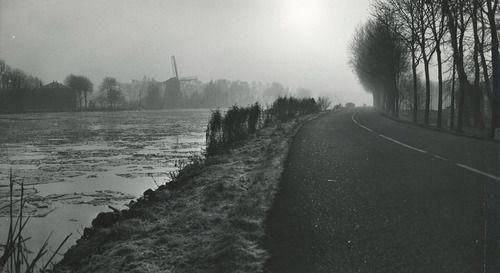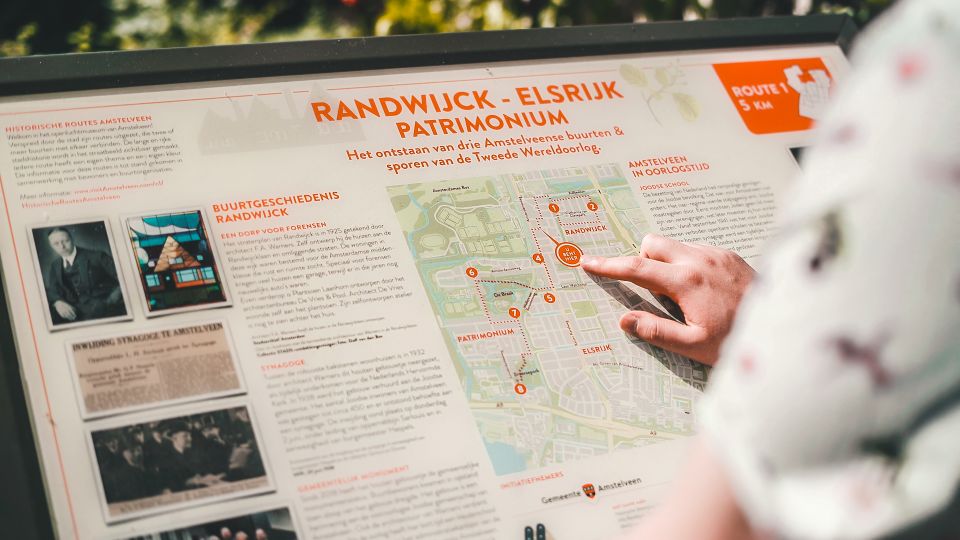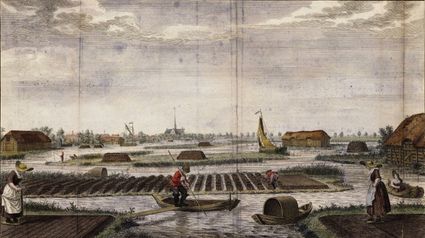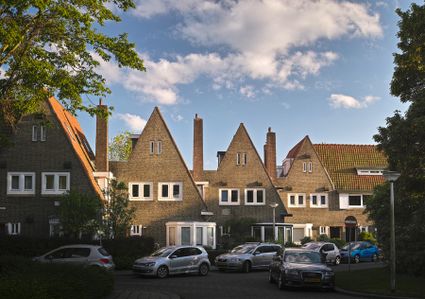The history of Amstelveen
From peat-cutters to professionals
For a long time, Amstelveen was a village of peat-cutters and farmers, with a couple of randomly placed taverns for thirsty travellers. Then, in the 20th century Nieuwer-Amstel (as Amstelveen was called until 1964) underwent a massive transformation. The creation of Schiphol airport and the arrival of new companies in and around Amstelveen brought about a new era for the village. It turned Amstelveen into the modern city it is today.
Throughout the city, routes have been established to showcase the history of Amstelveen. The rich history is still visible everywhere. Information panels along the route highlight the significance of each location. They detail the unique origins, notable residents, and remarkable buildings. Each route has its own theme, ranging from the city's origins as an ancient farming village to the Second World War.
Walking and cycling past monuments
Amstelveen has 38 national monuments and more than 100 municipal monuments. Cycle or walk one of the various routes to discover Amstelveen’s cultural heritage. Will you follow the banks of the Amstel river or explore the Old Village of Amstelveen?
Monument routes
The Municipality of Amstelveen - Got its name in 1964
In the Middle Ages, Amstelland was divided into Ouder-Amstel, the stretch east of the Amstel river, and Nieuwer-Amstel, which was largely west of the Amstel river. In 1892, in an attempt to remain independent from Amsterdam, Nieuwer-Amstel built a large town hall near the border with Amsterdam. In 1896, the northern and heavily populated part of Nieuwer-Amstel became part of Amsterdam nonetheless. The Oude Dorp of Amstelveen and an agricultural area with a few small villages remained. In 1964, the name of the municipality was changed to Amstelveen.
The Little Synagogue - A special monument
A small building with an eventful history. The charming, small wooden building was designed by architect Philip Warners in the 1930s. In 1938, it was used as a synagogue by the Jewish community. In 1942, 239 Jewish Amstelveners were assembled for deportation.
In 2018, local residents saved 'the Little Synagogue' (‘Kleine Sjoel’) from demolition and it was given monument status. The building is now a centre for small-scale social and educational activities.
You will find the Kleine Sjoel at Randwijcklaan 13 in Amstelveen.
Historic Amstelveen Society
This society keeps the city’s history alive through the publication of books and articles and the organisation of exhibitions and meetings. It is a focal point for architecture and history in Amstelveen.
More information







